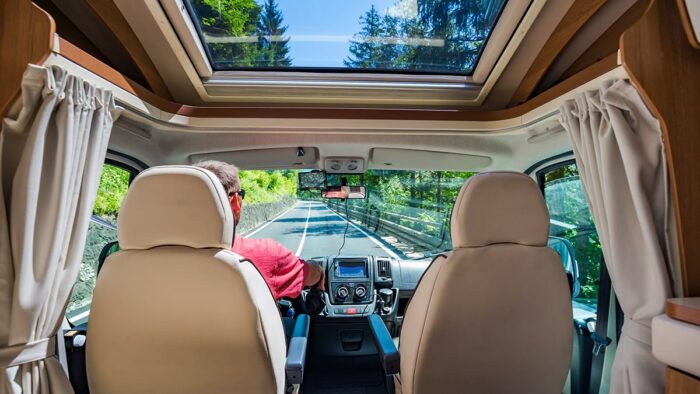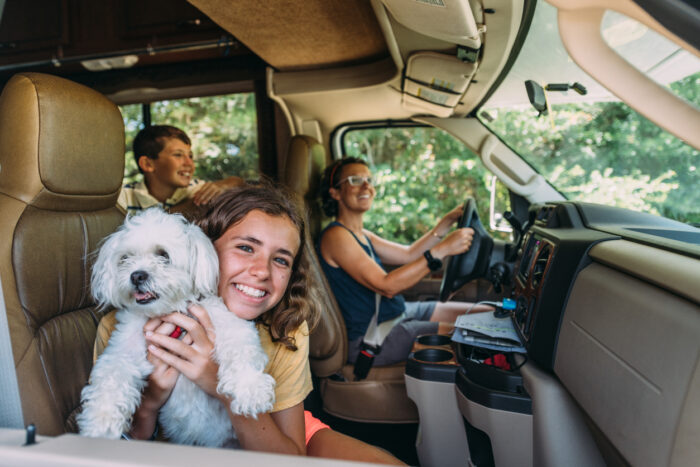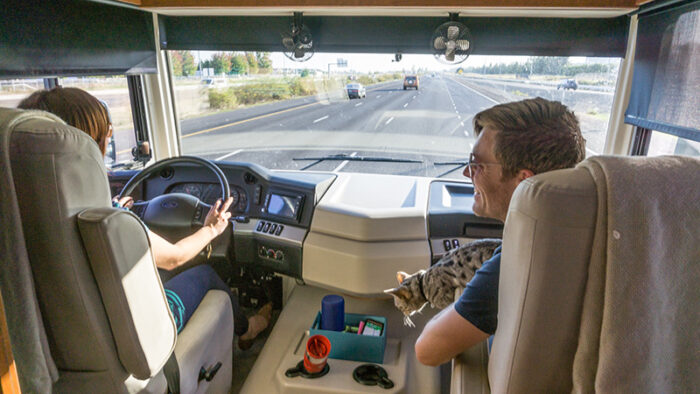
Summer is almost here, many Americans are vaccinated, and you might be making your travel plans. With that in mind, one of the most popular forms of travel currently, especially among Millennials, is by RV. You can rent RVs similar to renting an Airbnb, but what should you know about driving one?
You’re probably going to be doing a lot of your driving on interstates and busy roads, and that means you’ll be sharing with much smaller vehicles and also huge trucks. According to attorney Brian White personal injury lawyer, an unloaded semi-truck weighs anywhere from 30,000 to 35,000 pounds.
An RV weighs around 10,000 pounds, so if you were to collide, the consequences could be catastrophic. Being mindful of the risks is important if you’re going to drive an RV for the first time this summer, and the following are some other things to know.
Understand the Size

Before you hit the road in an RV, you need to be aware of the true size of the vehicle and what the limitations are. For example, if you have an RV that’s wider than 8.5 feet, in many states, you can only drive it on highways, at least for the most part.
You’re also going to need to know your clearance height. Otherwise, you could slam into a bridge. Make sure you not only know your clearance height but you check the labels on overpasses before you try to go under them.
If you aren’t sure what the clearance level is, you can measure from the highest point of the vehicle to the ground. Write it down and keep it somewhere that you can refer to it easily when you’re driving. The driver’s manual might have the measurements, but that’s not going to take into account the accessories that might be on top of the RV.
As well as having the measurements get yourself used to the fact that you’re going to have a much bigger blind spot in an RV than you do in a car. You need to check your mirrors frequently and make sure there aren’t cars hiding out in your blind spot. Before you ever operate an RV, you need to make sure you have your side mirrors adjusted. Your rearview mirror won’t do you much good, however.
Get Comfortable with the Controls

Once you know the size and you’ve adjusted your mirrors, take some time to simply sit in the seat of the RV. You can adjust your chair and then play around with the knobs and buttons. You want to make sure your seat puts you within easy reach of everything.
You never want to be fumbling with anything while you’re driving, so take as much time as you need to get used to things.
Practice, Practice, Practice

If you’ve never driven an RV before or even if you have, but you’re going to drive a new one or one you aren’t familiar with, you can’t practice too much. Head to a big empty parking lot or even a field. Put out cones and do maneuvering. You can practice parking and just get generally comfortable with operating the RV. Give yourself time to practice so you aren’t feeling rushed when it’s time to head out for your trip.
General Roadway Tips

When you’re driving an RV, the following are some good general roadway tips.
- Stay in the right when you can. When you’re driving an RV, you want to take it slow (but not too slow), and the best place to do this is in the right lane. When you’re in the right lane, you can be a slower driver but you don’t have to worry that you’re holding up traffic. Taking it slow is a big part of being safe when you’re behind the wheel of an RV. You can also pay attention to just one of your mirrors when you’re in the right lane, and you can get off the highway quickly if you need to.
- If you are spending most of your time hanging out in the right lane, when people are entering the highway, just get over for a minute so they can and then move back to the right.
- Keep your distance. Driving an RV is an adjustment because it’s so big. If you’re tailgating, even without realizing it, it’s very dangerous. Aim to have at least 400 feet between you and the car in front of you.
- Take it easy with your turns. RVs are wide and long, which means your turns are going to be too. Take your right turns slowly and watch your mirrors. Don’t worry about people getting frustrated behind you. It’s better to do it the right way than to hurt yourself or someone else.
- There’s a term called tail swing you need to be mindful of when driving an RV. Tail swing Is one of the reasons that RVs get into accidents at gas stations. This is how far out your RV goes out in the opposite direction when you’re turning. You can gauge your tail swing when you’re practicing in a parking lot.
- Check the weather before you go anywhere. You may even want to avoid driving for a few hours if there’s bad weather headed your way. It’s not just things like rain and storms to be cautious of—you also have to think about the wind when you’re driving an RV.
- Always have a plan. Winging it can sound fun on a road trip, but you need to know your route ahead of time so you don’t run into any surprises. Have a paper map in case something happens with your internet access and online maps.
Finally, you shouldn’t drive any vehicle tired and especially an RV. RVs are tricky to drive, and you should make sure that you’re well-rested and feeling your best before you go on the road. If you aren’t, then you should pull over or wait until you feel better because not doing so can be disastrous.














